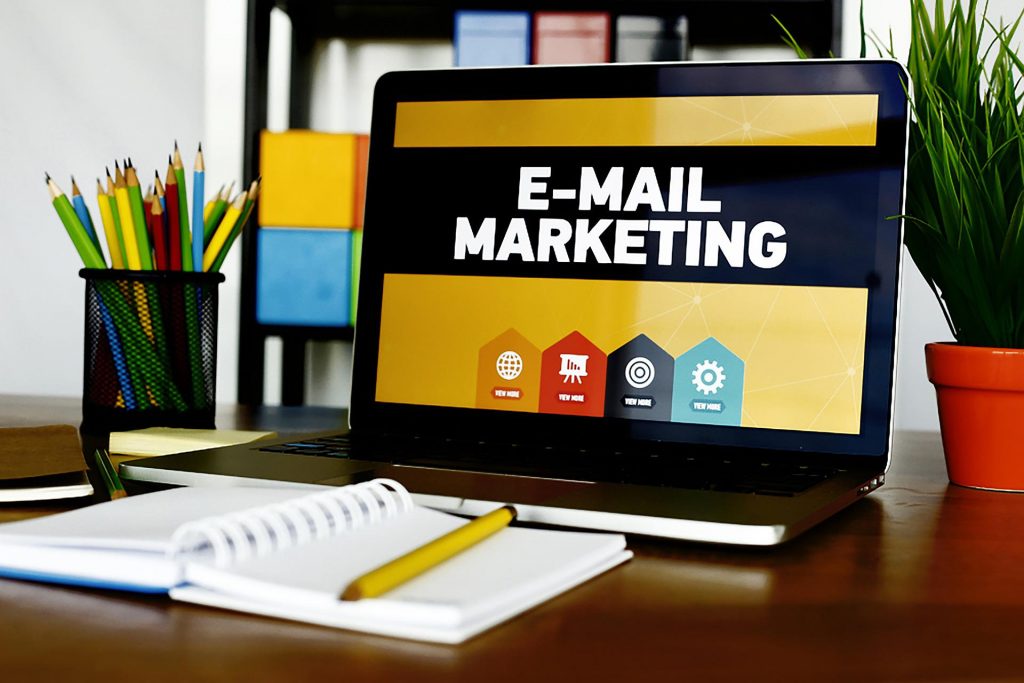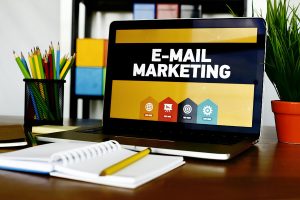A staple in any customer retention program is the ability to write emails that strengthen relationships, get responses, and persuade action. Not enough attention is often paid to this critical component of building a business. When attention is given to it, we often see it lacking the components needed to generate results. This article touches upon the four components you will need to master to help develop more effective email follow-up campaigns.
The first thing you have to do in building an effective email follow-up program is to determine your desired outcome of each email. You can’t build an effective email if you don’t know what you want to achieve from it.
Depending on your desired outcome a response could equal any number of objectives. Overall though, emails have three primary roles.
- Build Relationships: All email programs should build a stronger relationship with your customer and seek to enhance your brand.
- Get Responses: Example- respond to surveys, questions, feedback, etc.
- Persuade Action: Example- clicking a link in the email.
No matter your intention, an email should aim for the following actions and in the following order:
- Get attention (interest)
- Get the open
- Get the action (response, click, etc.)
In other words, the job of an email is to first get the attention of the recipient, second to persuade them to open the email, then finally get them to act upon something in the email by clicking (typically back to your site.)
Simply put, an email has little chance of getting opened if it doesn’t get noticed first, and the reader can’t be expected to click on anything in the email until you get them to open it.
Now, that said, how do you maximize the opportunity for achieving the three desired actions above (attention, open, action?)
To do this you need to understand that there are 4 basic components that all emails are made up of.
All effective emails have these four components in common
- A compelling Subject Line
- An informative From Name
- Subject supporting Email Content (body)
- A clear Call to Action
To achieve the first two actions (i.e. attention, open) you must develop an effective subject line. Make it short, sweet, and intriguing. Let’s say you are running a limited-time fall promotion for some product you sell.
A Compelling Subject Line
A good subject line might be:
Get 50% Off. 5 Days Only. Details Inside …
A less powerful subject line might be:
Fall Into Savings for a Limited Time!
The first subject line clearly states the offer and then ends with a subtle call to action (details inside) followed by an ellipsis. An ellipsis is a three-dot symbol used to show an incomplete statement. Ellipses are used in on-screen menus to convey that there is more to come. (…)
An Informative From Name
The from line should be the name of your business or website to be most effective. Why? It is your business or website that they are transacting with and using it in the “from” line will help trigger brand awareness which will answer at least one major question they will ask when they receive the email— ”who sent me this email?”
The answer to that question combined with the subject line easily tells them what the offer is and who it is from. They need to know this so trust is built and any hesitation to open the email based on security is removed from the equation.
Ok, you have now accomplished the first objective, and let’s say they open the email. What next?
Well you now need to make sure at least two basic things are present to get the next action (which is the click in our example.)
Subject Supporting Body Content
Your email body (the text, images, etc.) needs to reinforce the offer and provide details on it. Don’t go into your whole life story and write a book here. Keep it simple, state the benefits to the customer, stick to the facts, and then provide a call to action (or two).
Remember, people are overwhelmed by emails and they aren’t going to spend a ton of time reading so get to the point and make it compelling. Give them a reason to take action and then most importantly, ask for the action! It does you no good to develop a super email, get it opened, and forget to give them ways to perform the final action.
Many people just need a good prompt to get it done and this is what is referred to as the “call to action”.
A Clear Call to Action
Calls to action ask the reader to do something. They are things like “Shop Now!”, “Learn More”, “Click for Details”, “Go Shopping”, “Add to Cart”, etc…
Provide your reader with multiple options to get back to your site including hyperlinks to your domain, to the product(s) you are promoting, and a few good “calls to action”.
The call to action should also reflect what your intention is for them. If you want them to “Start Shopping” then tell them that. If you want them to “Complete the Survey” then tell them that. Don’t assume they will do it just because you present it to them—ask them to do it.
Those are the basic components that make up all emails and how you can use them to develop an effective email that gets the three desired actions completed—Get Attention, Get Opened, Get the Action.
I’ll be going into more details you should consider for developing effective email follow-up campaigns in upcoming articles. This is a good place to start.





